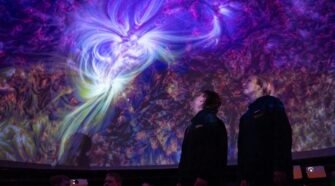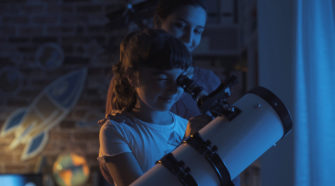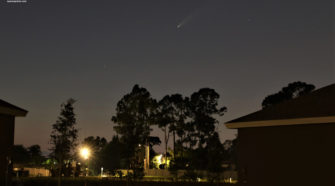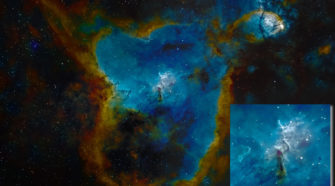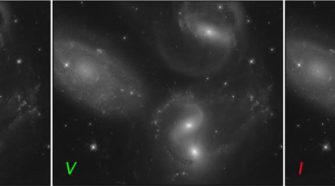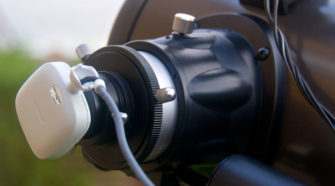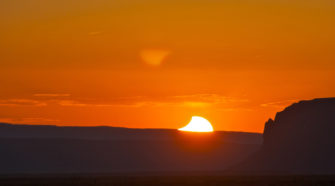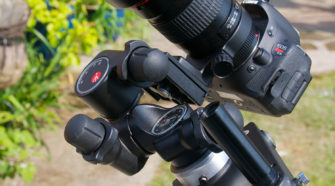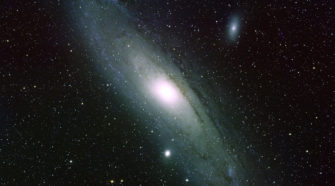Astronomy Guide
Brief history of how we brought the stars indoors to planetariums
Picture this: a small audience is quietly ushered into a darkened room. They gasp in awe, as a brilliant night sky shines above. They wonder – as many after them will do – what trickery has made the roof above their heads disappear? But this is a performance; the stars above an ingenious projection. For …
5 ways families can enjoy astronomy during the pandemic
This is a challenging time for families. Schools across the U.S. are struggling to provide a meaningful online experience. The coronavirus pandemic has cut off or restricted many entertainment options. As an astronomer, I believe a great way for families to fill the void and have a meaningful science experience in the time of COVID-19 …
Go outside and view Comet NEOWISE before it disappears for 6800 years
Recently discovered Comet NEOWISE (C/2020 F3) is now putting on a dazzling display in the early evening for skywatchers in the Northern Hemisphere and it is right at prime time, roughly 45 minutes or so after sunset, and showing off a spectacular tail to boot – as it passes through the inner solar system, weather …
Clusters of jewels shining in the night sky
Stellar Clusters are groups of stars that fall into two broad categories: Open Clusters or Globular Clusters. Both types of cluster are formed from gas clouds and dust coalescing into a multitude of stars, but this is where the commonality ends. Open Clusters Open Clusters can contain up to a thousand stars which are normally …
How they do it: Processing Hubble images from B&W into stunning full-color
Everyone has seen the dramatic images produced by the Hubble Telescope from the iconic Pillars of Creation to the hundreds of galaxies in one shot, but how are these images created? The Hubble Telescope captures images in monochrome, just like the old black and white photographs with no color, but the images we see are …
Photographing the planets (part 2)
Following on from last issue where we looked at the equipment and capture of video to produce a photograph of the planets this issue looks at the processing of the video into an image. This article really only scratches the surface of image processing as there are so many variables and methodologies that can be …
How to photograph the planets
For the last couple of issues our object spotlights have been located within our solar system. It is quite easy to see them, Jupiter and the Moon in particular, but quite difficult to image them. The term for imaging the solar system is Planetary Imaging despite the fact that both the planets, the moon and …
Take a closer look at the Moon
Observing the Moon The object of the month this time is the closest celestial body to us: The Moon. The Moon plays a big part in Astronomy for a number of reasons, the main one being light. Although the Moon does not generate light itself, it acts as a giant reflector for the sun. When …
Starting in astrophotography
If you thought buying a telescope was confusing and complicated, then moving on to astrophotography can be even worse. This arises because of the myriad of different types of photography that can be done, the budget available, and the celestial objects that you want to image. Astrophotography can range from taking starscapes with your existing …
Top 10 must-see list for new astronomers
It is very difficult to draw up a Top 10 list in any subject. In astronomy it is even more difficult due the the huge number of prospective candidates for the list. I have made it somewhat easier by restricting the list to things that beginners may view with relatively basic equipment. My list is …

